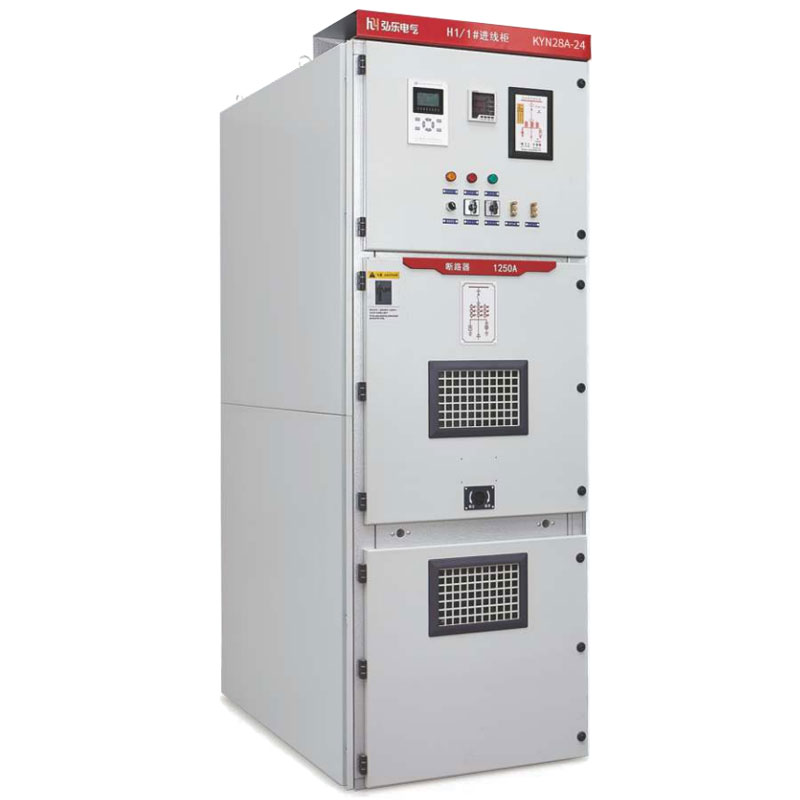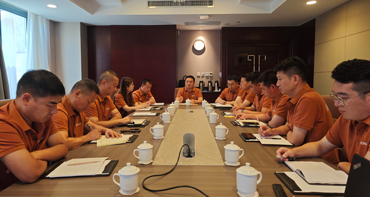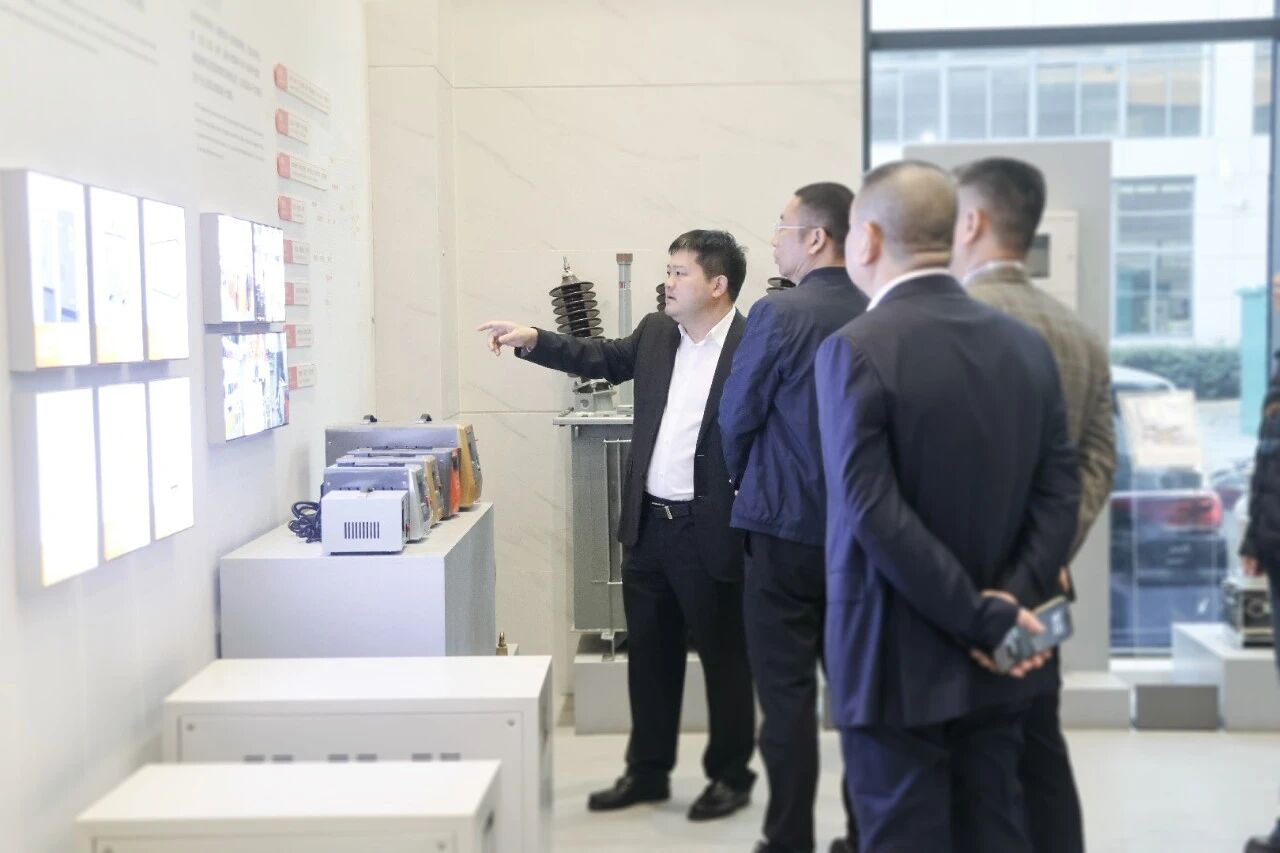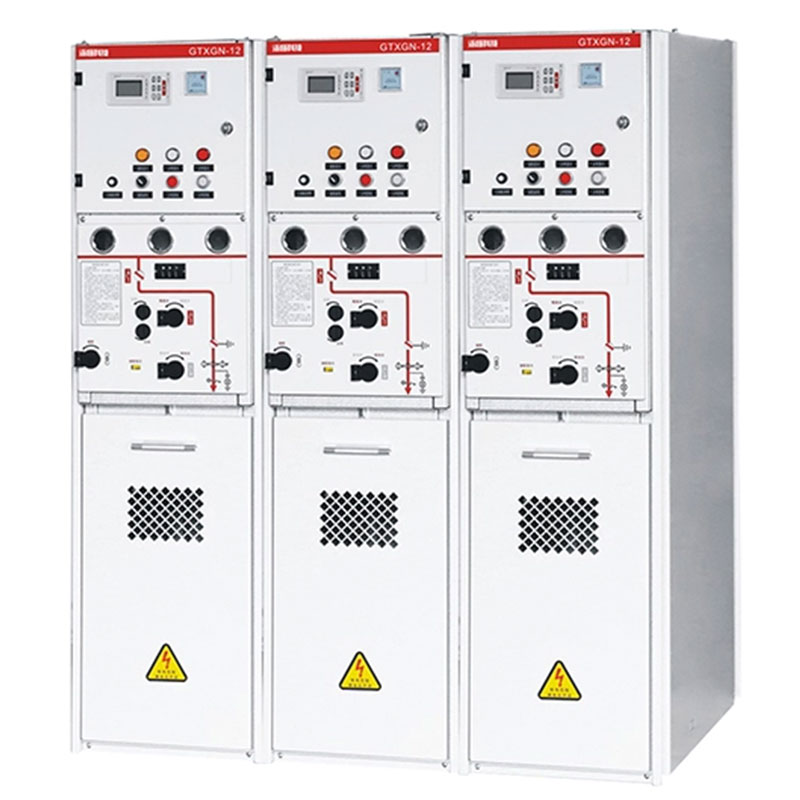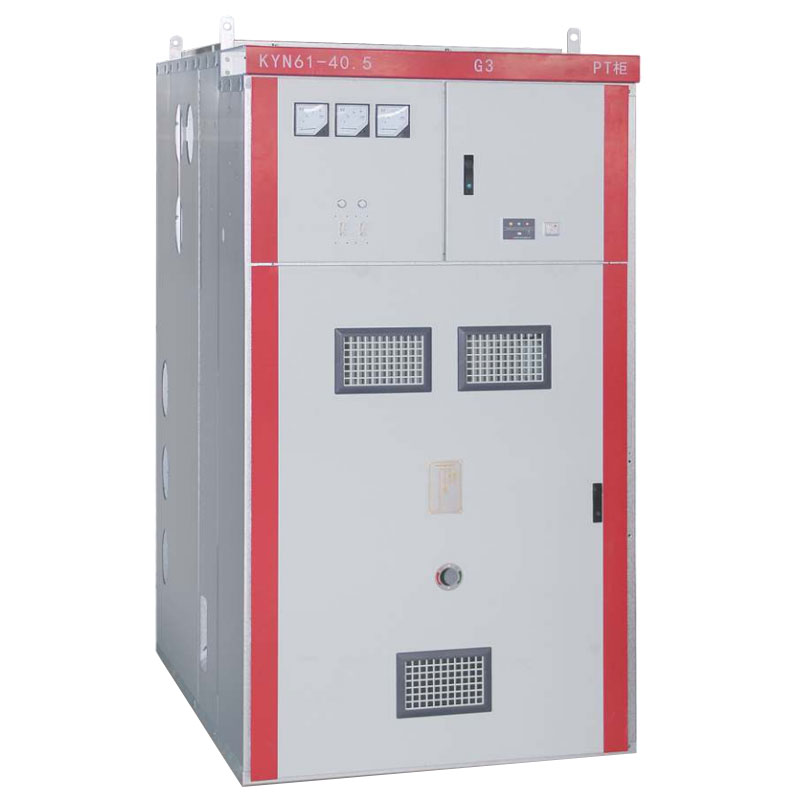Top 5 Essential Testing and Maintenance Requirements for Switchgear

 Site Editor
Site EditorSwitchgear is a critical component in power systems, responsible for controlling, protecting, and isolating electrical circuits. To ensure its reliable operation and extend its service life, regular testing and maintenance are essential. Here are the top 5 essential testing and maintenance requirements for switchgear.
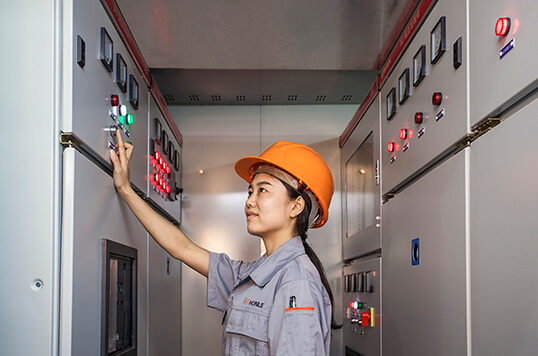
1. Insulation Testing
Insulation is vital for preventing electrical leakage and short circuits in switchgear. Regular insulation testing helps detect potential insulation degradation.
-
Test Method: Use an insulation resistance tester to measure the insulation resistance between live parts and grounded parts, as well as between different live parts.
-
Frequency: Conduct the test at least once a year. For switchgear in harsh environments (such as high humidity or dust), increase the frequency to once every 6 months.
-
Standard: The insulation resistance value should meet the manufacturer's specifications. A significant drop in resistance indicates insulation problems that need immediate attention.
2. Mechanical Operation Testing
The mechanical components of switchgear, such as circuit breakers and disconnectors, must operate smoothly to ensure proper switching.
-
Test Content: Check the opening and closing time, speed, and synchronization of circuit breakers. For disconnectors, verify their reliable contact and proper positioning.
-
Operation Check: Perform manual and electrical operation tests. Ensure that the mechanical interlocks work correctly to prevent incorrect operations.
-
Maintenance: Lubricate moving parts regularly to reduce friction and wear. Replace worn-out components such as springs and gaskets in a timely manner.
3. Circuit Resistance Testing
High circuit resistance can cause excessive heating, leading to equipment damage. Circuit resistance testing is crucial to ensure low-resistance current paths.
-
Test Instrument: Use a micro-ohmmeter to measure the resistance of the main circuit, including contacts and busbars.
-
Procedure: Apply a DC current (usually 100A or 200A) to the circuit and measure the voltage drop to calculate the resistance.
-
Acceptance Criteria: The measured resistance should not exceed the maximum allowable value specified by the manufacturer. If it does, clean or repair the contacts.
4. Temperature Monitoring
Abnormal temperature rise in switchgear components (such as contacts and busbars) is a common indicator of potential faults.
-
Monitoring Method: Use infrared thermometers or temperature sensors installed in the switchgear to measure the temperature during operation.
-
Frequency: Check temperatures during routine inspections. For critical switchgear, implement continuous online temperature monitoring.
-
Action: If the temperature exceeds the rated value, identify the cause (such as loose connections or excessive current) and take corrective measures immediately.
5. Cleaning and Inspection of Enclosures and Internal Components
Dust, dirt, and moisture can affect the performance and safety of switchgear. Regular cleaning and inspection are necessary.
-
Enclosure Inspection: Check for corrosion, damage, or loose fasteners. Ensure the enclosure is properly sealed to prevent dust and water ingress.
-
Internal Cleaning: Use compressed air to remove dust from internal components. Clean contacts with a suitable solvent to remove oxidation and contaminants.
-
Component Check: Inspect cables, terminals, and insulation materials for signs of aging, damage, or deformation. Replace any defective parts.
By adhering to these top 5 essential testing and maintenance requirements, you can significantly enhance the reliability, safety, and lifespan of switchgear. Regular maintenance not only reduces the risk of unexpected failures but also ensures the efficient operation of the entire power system. Make sure to follow the manufacturer's guidelines and industry standards for the best results.


